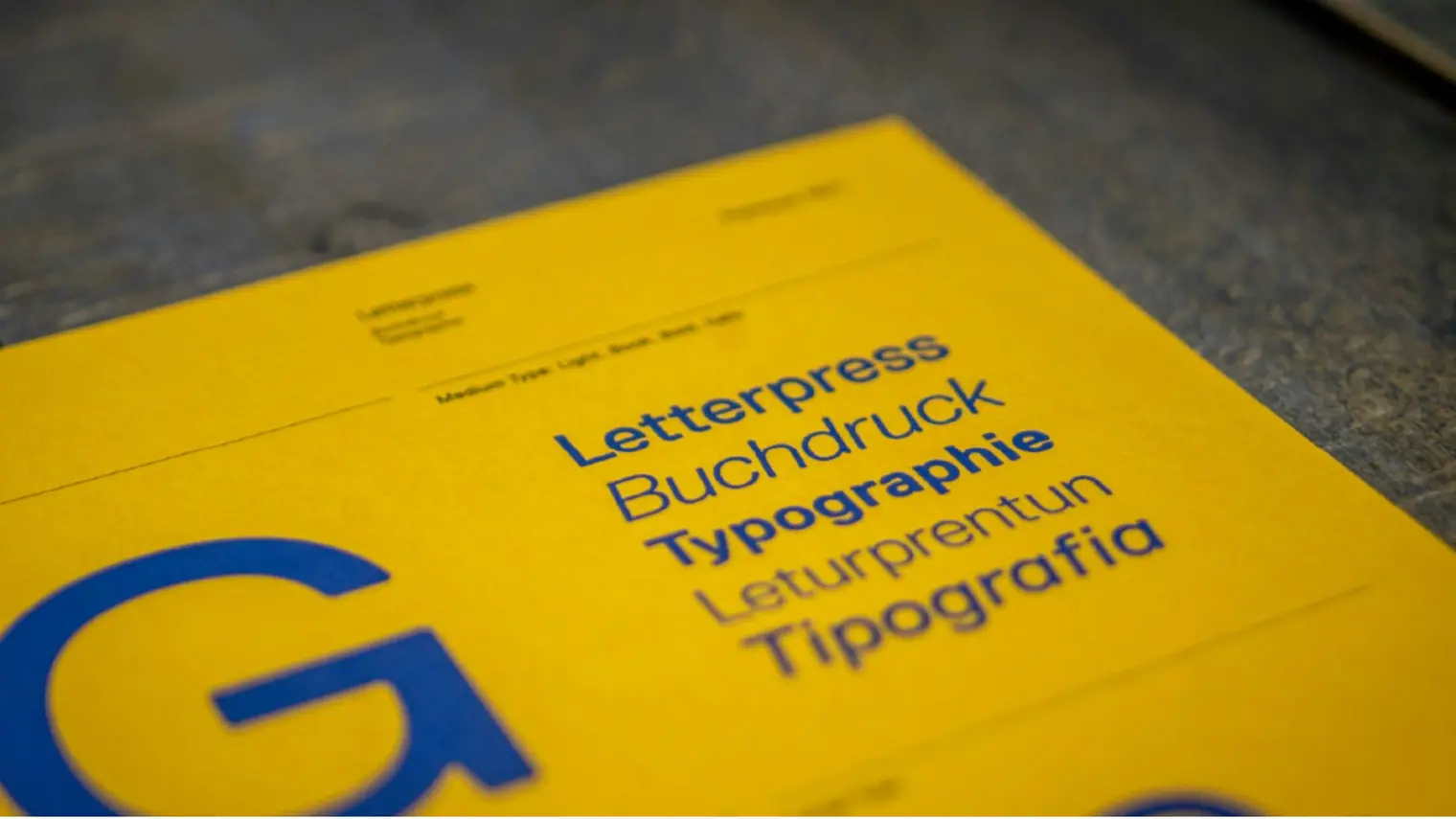
Eva Portelance
Biographie
Je suis professeure adjointe en apprentissage automatique au département des sciences de la décision à HEC Montréal. Je suis également membre académique associé à Mila - Institut d'intelligence artificielle du Québec.
Mes recherches croisent l'IA et les sciences cognitives. Je m'intéresse à la façon dont les humains et les machines apprennent à comprendre le langage et à raisonner sur des problèmes complexes.
Avant de me joindre à HEC Montréal, j'ai été chercheuse postdoctorala à Mila et à l'Université McGill dans le groupe NLP, où j'ai travaillé avec Timothy O'Donnell et Siva Reddy.
J'ai obtenu mon doctorat en linguistique computationnelle/cognitive à l'Université Stanford, sous la direction des professeurs Dan Jurafsky et Mike C. Frank, dans le cadre du Stanford NLP group et du Stanford Language and Cognition Lab. Je suis une interdisciplinaire dans l'âme, douée pour résoudre des problèmes complexes.



